Overview
“The Next Fifty Things that Made the Modern Economy” by Tim Harford is a fascinating exploration of fifty additional inventions that have significantly influenced the modern world. Following the success of his previous book, Harford delves into a diverse array of innovations, from the brick and blockchain to the bicycle and fire. Each chapter provides a historical anecdote to captivate the reader, followed by an insightful examination of the invention’s impact on the economy and society. Harford’s engaging storytelling and ability to uncover the unexpected significance of everyday objects make this book both educational and entertaining.
The book is not just a list of inventions but a collection of stories that highlight the intricate ways these innovations have shaped our lives. Harford’s narrative style brings to life the often-overlooked details and unintended consequences of these inventions, offering readers a deeper understanding of the complex economic landscape we navigate today. Whether it’s the factory, fundraising, solar panels, or the postage stamp, each invention is presented with wit and clarity, making complex economic concepts accessible and enjoyable.
Synopsis
The book has a very rich content. The various chapters can be summarised as follows.
Introduction
- The Pencil: The pencil is a symbol of the complex global supply chain and the power of free markets, illustrating how numerous components from different parts of the world come together to create a simple yet essential tool.
I. Deceptively Simple
- Bricks: Bricks have been fundamental in construction for thousands of years, providing a durable and versatile building material that has enabled the development of cities and infrastructure.
- The Factory: Factories revolutionised production by enabling mass manufacturing, which significantly increased efficiency, lowered costs, and spurred economic growth during the Industrial Revolution.
- The Postage Stamp: The postage stamp simplified and democratised communication by making it affordable and reliable, thus facilitating commerce and personal correspondence across distances.
- Bicycles: Bicycles offer an affordable, efficient, and environmentally friendly mode of transportation, contributing to urban mobility and reducing reliance on fossil fuels.
- Spectacles: Spectacles improve vision, which enhances productivity and quality of life, enabling people to work, learn, and navigate their environments more effectively.
- Canned Food: Canned food revolutionised food preservation, allowing for long-term storage and transportation of perishable goods, which has been crucial for military logistics and global food distribution.
- Auctions: Auctions provide a transparent and efficient method for price discovery and asset allocation, playing a vital role in markets ranging from art to real estate and government contracts.
II. Selling the Dream
- Tulips: The tulip mania of the 17th century in the Netherlands is one of the earliest recorded economic bubbles, highlighting the impact of speculative trading and market psychology on economies.
- Queen’s Ware: Josiah Wedgwood’s Queen’s Ware revolutionised pottery by making high-quality ceramics affordable to the middle class, thus democratising luxury goods and boosting industrial production.
- The Bonsack Machine: This machine automated cigarette production, drastically reducing costs and increasing supply, which transformed the tobacco industry and spurred the growth of mass marketing.
- The Sewing Machine: The sewing machine significantly increased productivity in the textile industry, making clothing more affordable and accessible, and contributing to the rise of the ready-to-wear fashion industry.
- The Mail-Order Catalogue: Mail-order catalogues expanded consumer access to a wide range of goods, particularly in rural areas, and played a crucial role in the development of modern retail and distribution networks.
- Fast-Food Franchises: Fast-food franchises standardised food production and service, creating a scalable business model that has become a major part of the global economy, providing jobs and convenient dining options.
- Fundraising Appeals: Effective fundraising appeals have enabled nonprofits to secure the necessary resources to support their missions, fostering community engagement and driving social change.
- Santa Claus: Santa Claus has become a powerful symbol of consumerism and global marketing, significantly influencing holiday spending and the commercialisation of Christmas.
III. Moving Money
- SWIFT: The SWIFT system is crucial for global finance, enabling secure and efficient international money transfers and communication between financial institutions, thus facilitating global trade and economic activity.
- Credit Cards: Credit cards drive economic activity by providing consumers with a convenient way to make purchases and businesses with a reliable payment method, thereby boosting consumer spending and economic growth.
- Stock Options: Stock options offer companies a way to attract and retain talent by providing employees with a stake in the company’s success, aligning their interests with those of shareholders and enhancing corporate performance.
- The Vickrey Turnstile: Although never implemented, the Vickrey Turnstile proposed a novel solution for managing congestion in public transportation systems, highlighting the potential of economic principles to solve real-world problems.
- The Blockchain: Blockchain technology enhances the security and transparency of transactions, reduces costs, and has the potential to revolutionise various industries by enabling decentralised and tamper-proof record-keeping.
IV. Invisible Systems
- Interchangeable Parts: Interchangeable parts revolutionised manufacturing by allowing for mass production, reducing costs, and simplifying repairs, which laid the foundation for modern industrial practices.
- RFID: RFID technology enhances efficiency and security across various sectors by enabling real-time tracking and identification of objects, which improves inventory management and reduces operational costs.
- The Interface Message Processor: The Interface Message Processor was crucial in the development of the ARPANET, the precursor to the modern internet, by enabling reliable communication between computers, thus laying the groundwork for today’s global digital economy.
- GPS: GPS technology provides precise positioning, navigation, and timing, which is essential for various applications from navigation to logistics, significantly boosting productivity and efficiency across multiple industries.
V. Secrets and Lies
- The Movable-Type Printing Press: This invention democratised knowledge by making books and printed materials widely accessible, spurring the Renaissance, Reformation, and the spread of scientific ideas, which laid the foundation for modern economies.
- Menstrual Pads: Menstrual pads have significantly improved women’s health and hygiene, enabling greater participation in education and the workforce, thus contributing to economic productivity and gender equality.
- CCTV: CCTV systems enhance security and monitoring capabilities, reducing crime and increasing safety in public and private spaces, which supports economic stability and business operations.
- Pornography: The pornography industry has been a major driver of technological adoption and innovation, particularly in internet and media technologies, influencing the development of online payment systems and streaming services.
- Prohibition: Prohibition in the United States led to unintended economic consequences, including the loss of tax revenue, the rise of illegal markets, and the growth of organised crime, highlighting the complexities of regulatory policies.
- ‘Like’ Button: The ‘Like’ button revolutionised social media by enabling easy user engagement and data collection, which has driven advertising revenue and influenced online behaviour and content creation.
VI: Working Together
- Cassava Processing: Cassava processing increases the shelf life and marketability of this staple crop, creating employment opportunities and contributing to food security and economic stability in many developing regions.
- Pensions: Pensions provide financial security for retirees, stimulate economic activity through increased consumption, and contribute to social stability by reducing poverty among the elderly.
- QWERTY: The QWERTY keyboard layout became the standard for typewriters and computers, facilitating widespread adoption and standardisation in offices and homes, which enhanced productivity and communication.
- The Langstroth Hive: This beehive design revolutionized beekeeping by allowing for efficient honey production and better colony management, significantly boosting agricultural productivity through improved pollination.
- Dams: Dams provide essential benefits such as water supply, hydroelectric power, flood control, and irrigation, which support economic development and improve quality of life.
VII: No Planet B
- Fire: Fire was fundamental in human development, providing heat, light, and a means to cook food, which enabled early humans to thrive and eventually build complex societies.
- Oil: Oil has been a critical energy source, driving industrialization, transportation, and modern economies by powering machinery, vehicles, and generating electricity.
- Vulcanisation: Vulcanisation improved the durability and elasticity of rubber, making it essential for products like tires, which are crucial for transportation and various industrial applications.
- The Wardian Case: The Wardian Case revolutionized the transportation of plants, enabling global agricultural trade and the spread of economically important crops.
- Cellophane: Cellophane transformed food packaging by providing a transparent, flexible, and moisture-resistant material, which improved food preservation and retail presentation.
- Recycling: Recycling conserves natural resources, reduces waste, and lowers energy consumption, contributing to environmental sustainability and economic efficiency.
- Dwarf Wheat: Dwarf wheat varieties increased agricultural productivity and food security by providing higher yields and resistance to lodging, which was crucial during the Green Revolution.
- Solar Photovoltaics: Solar photovoltaics generate clean, renewable energy, reducing reliance on fossil fuels and contributing to sustainable economic growth and environmental protection.
VIII: Our Robot Overlords
- The Hollerith Punch-Card Machine: This machine revolutionised data processing by automating the tabulation of information, laying the groundwork for modern computing and the information technology industry.
- The Gyroscope: Gyroscopes are essential for navigation and stabilisation in various applications, from smartphones to spacecraft, significantly enhancing precision and reliability in technology and transportation.
- Spreadsheets: Spreadsheets transformed business operations by enabling efficient data organisation, analysis, and visualisation, which are crucial for decision-making and financial management.
- The Chatbot: Chatbots streamline customer service and automate routine tasks, reducing operational costs and improving customer satisfaction, thereby enhancing business efficiency.
- The CubeSat: CubeSats democratised space exploration by providing a low-cost platform for scientific research and technology development, accelerating innovation in the space industry.
- The Slot Machine: Slot machines are a major revenue source for casinos, driving the profitability of the gambling industry through their high hold percentages and engaging features.
- Chess Algorithms: Chess algorithms have advanced artificial intelligence and machine learning, providing insights into strategic thinking and problem-solving that extend beyond the game of chess.
Why you should read it?
Tim Harford’s book is a captivating read because it takes complex economic theories and presents them in a way that is both accessible and engaging. By focusing on great innovations, Harford manages to demystify the often intimidating world of economics, making it relatable to a broad audience. His ability to translate the intricate research of Nobel Prize-winning economists into simple, understandable terms is a testament to his skill as a communicator.
Moreover, Harford’s writing style is both informative and entertaining, which makes the book a pleasure to read. He goes beyond merely describing various inventions; he weaves in stories and insights that highlight the impact of these innovations on our daily lives. By blending education with entertainment, Harford ensures that readers come away with a deeper understanding of economics without feeling overwhelmed by technical jargon.
Critics and review
“The Next Fifty Things that Made the Modern Economy” by Tim Harford has generally received positive reviews. On Goodreads, the book holds a rating of 4.08 out of 5 based on 393 ratings. Reviewers have praised Harford’s engaging storytelling and his ability to make complex economic concepts accessible and entertaining. However, some critics have noted that the book lacks a central narrative thread, which might make it feel more like a collection of essays rather than a cohesive story.
The book’s success can be attributed to Harford’s reputation for thorough research and his talent for presenting economic history in a compelling manner. His previous works, including “The Undercover Economist” and “Fifty Things that Made the Modern Economy,” have also been well-received, cementing his status as a popular and respected author in the field of economics.
Verdict
Tim Harford’s book is a masterful blend of education and entertainment, making it a must-read for anyone interested in understanding the world of economics through the lens of innovation. Harford’s ability to simplify complex theories and present them in an engaging, relatable manner ensures that readers not only grasp important economic concepts but also enjoy the journey of discovery. His use of real-world examples and storytelling transforms potentially dry subject matter into a fascinating narrative, making the book both enlightening and thoroughly enjoyable.
About the author
Tim Harford, often known as “The Undercover Economist,” is a renowned British economist, journalist, and broadcaster. Born on September 27, 1973, in Kent, Harford was educated at Oxford, where he earned a Bachelor of Arts degree in Philosophy, Politics, and Economics (PPE) and a Master of Philosophy in Economics. Interestingly, Harford initially planned to drop economics during his undergraduate studies but was persuaded otherwise by his tutor, Peter Sinclair. This decision clearly paid off, as Harford has since become a prominent voice in explaining economic concepts to the public.
Harford’s career is marked by his engaging writing and broadcasting style. He writes a long-running column for the Financial Times called “The Undercover Economist” and has authored several best-selling books, including “The Undercover Economist,” “Adapt: Why Success Always Starts with Failure,” “Messy: The Power of Disorder to Transform Our Lives,” and “How to Make the World Add Up”. His work often explores the hidden economic principles behind everyday phenomena, blending rigorous analysis with compelling storytelling.
#TimHarford #ModernEconomy #Innovation #EconomicHistory #MustRead


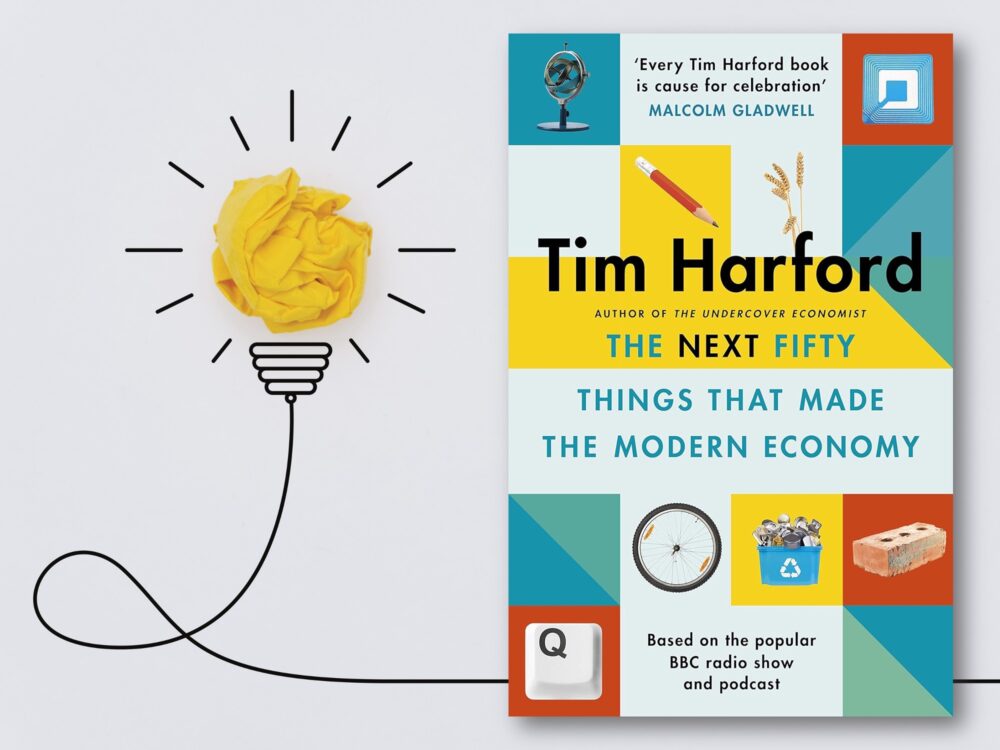
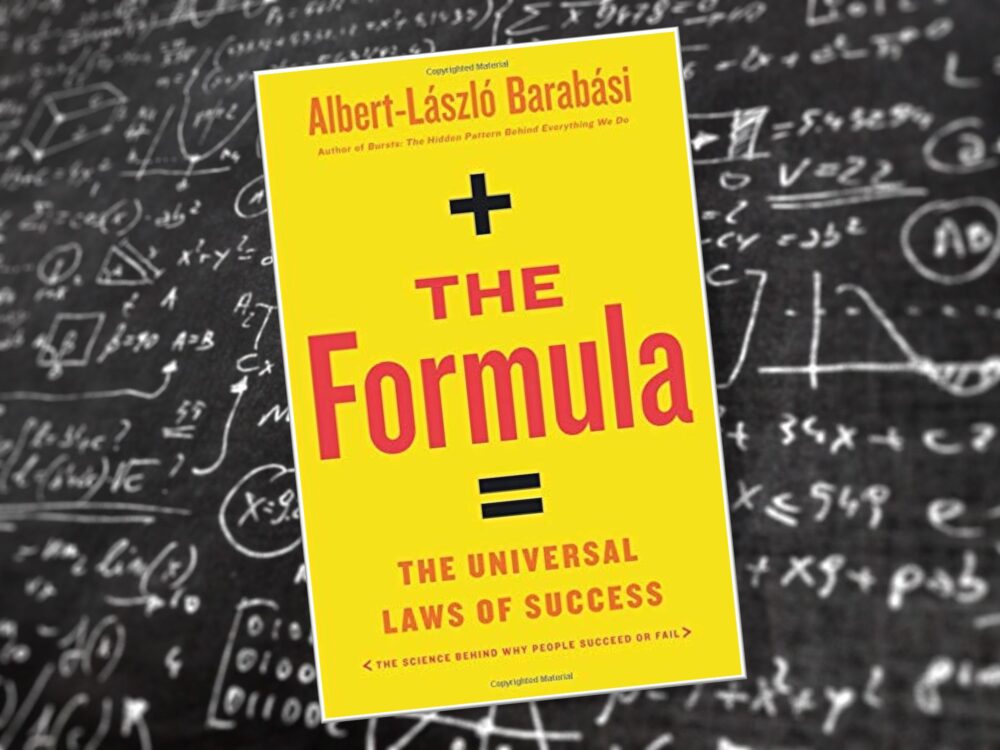
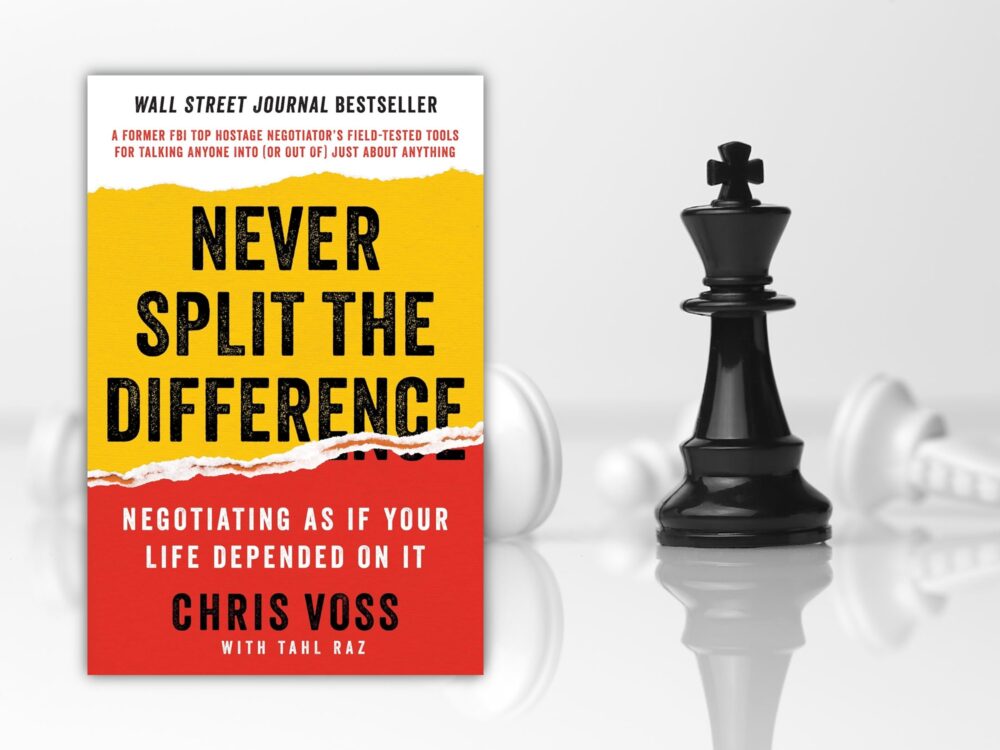
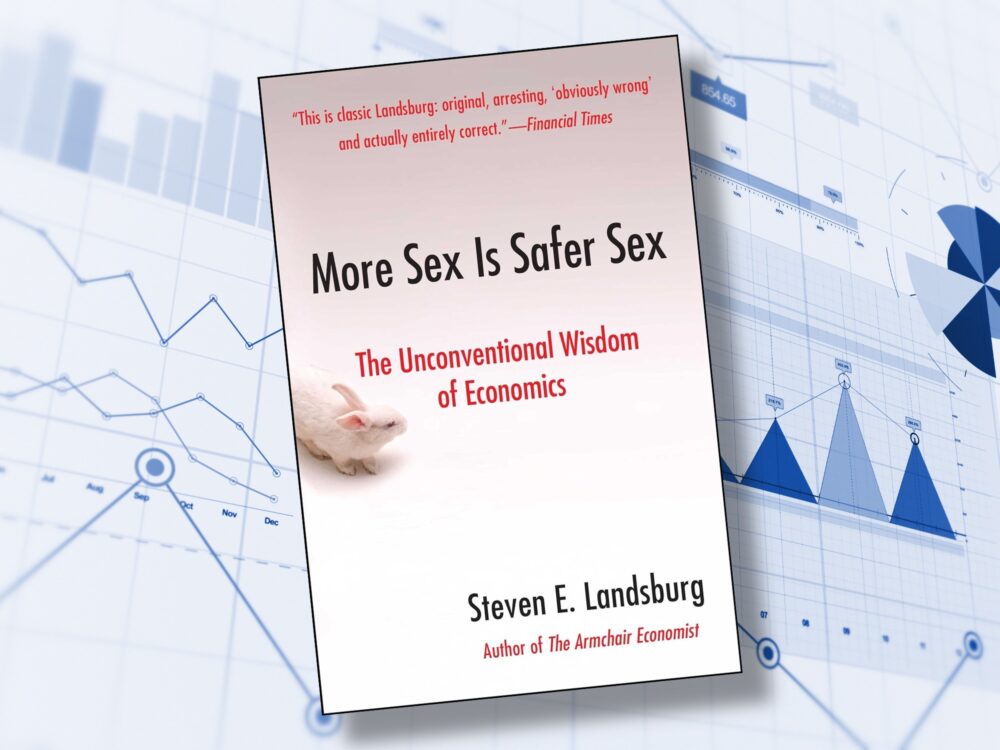

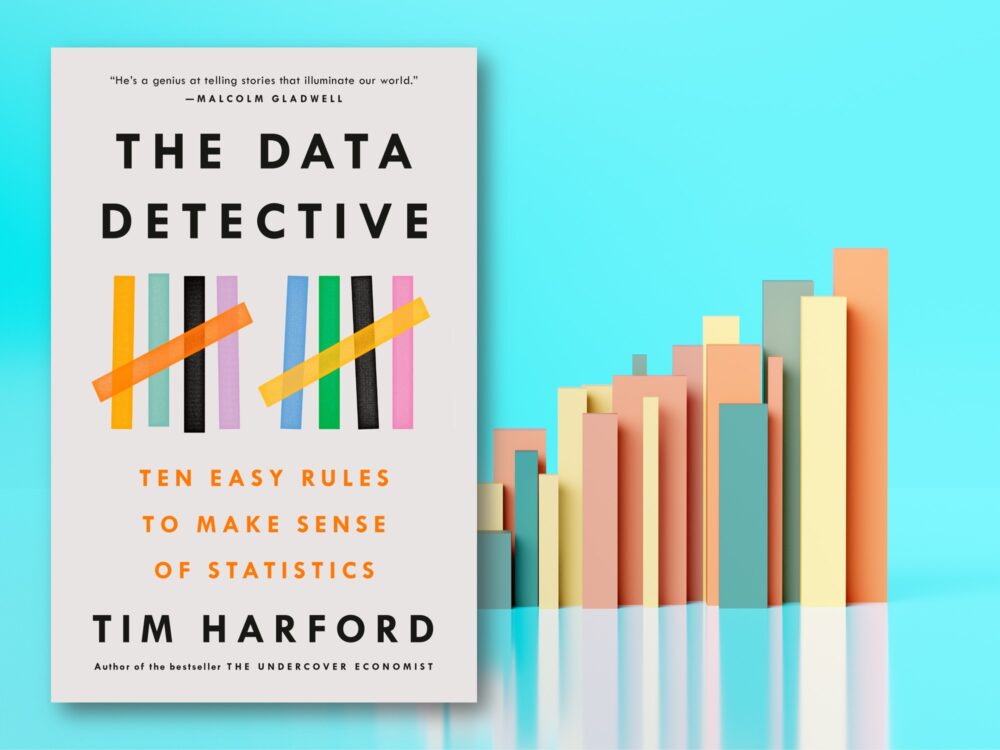

Leave a Reply